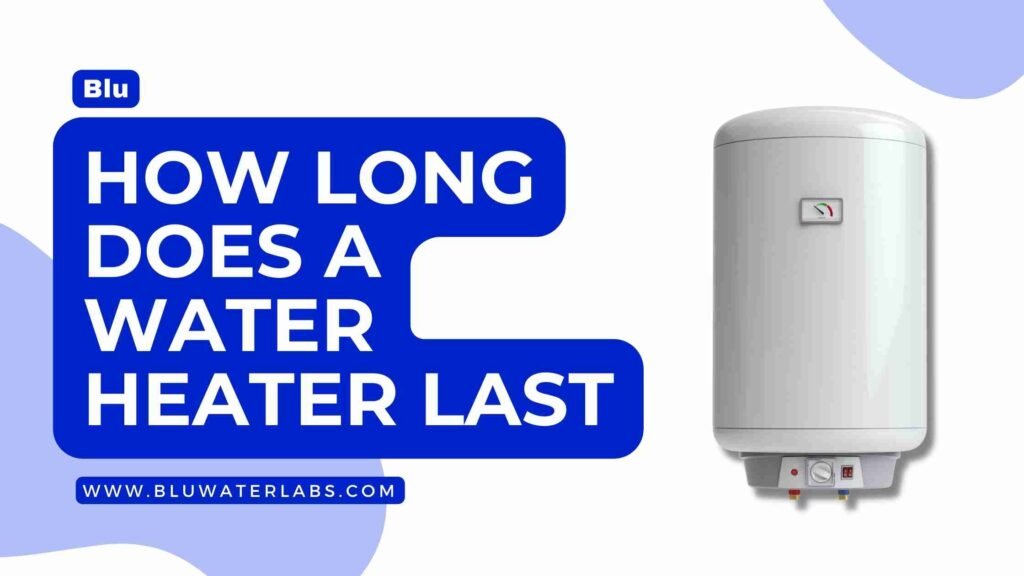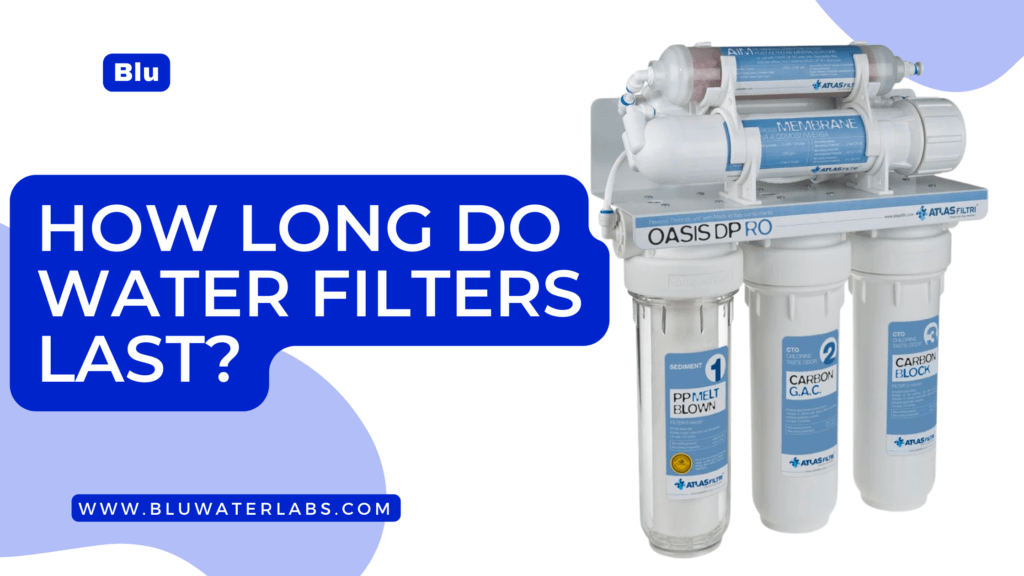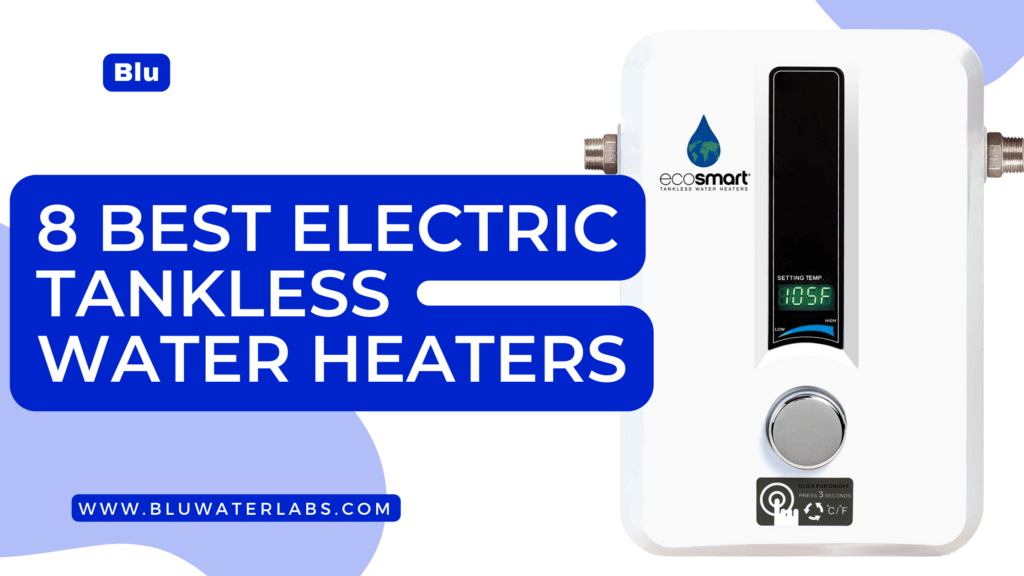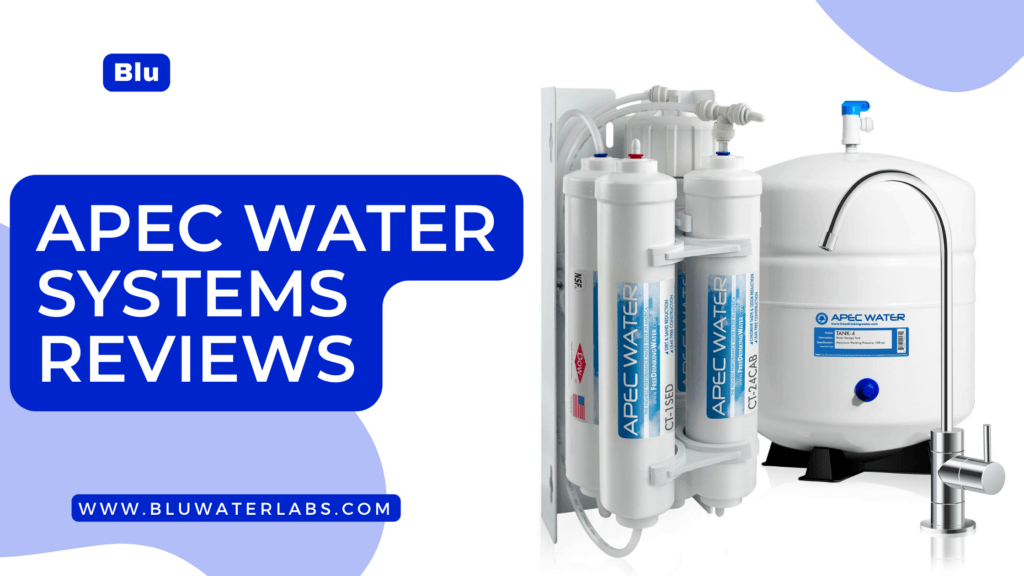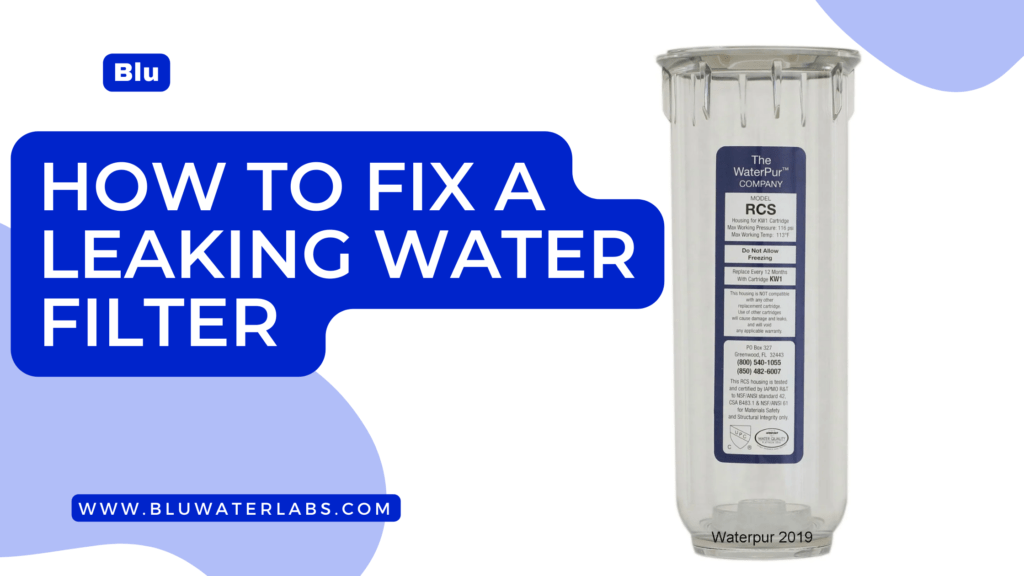Hydrogen Water Generator Bottle - 5000 PPB
$119.00
Infuse your water with potent hydrogen antioxidants using cutting-edge electrolysis technology. No filter changes needed. Enjoy pure, energizing, hydrogen-enriched water anytime, anywhere – adaptable with standard bottles. Stay refreshed and reap over 150 health benefits on the go.




